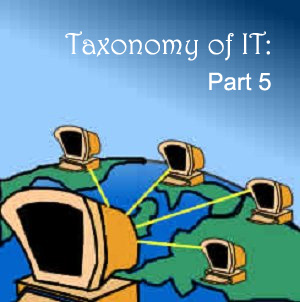Illumina, Inc. today introduced BaseSpace Apps, a dedicated applications store for BaseSpace, the Company’s genomics cloud computing platform. Informatics solutions available through BaseSpace Apps will allow customers to connect with a growing community of academic, commercial and open source tool providers who are building applications around Illumina data to dramatically simplify and accelerate genomic data analysis.
BaseSpace Apps will include a publicly available API (application programming interface) that allows developers to create and deploy new applications for the analysis of genetic data generated on Illumina systems. Diagnomics, GenoLogics Life Sciences, Genomatix, Golden Helix, Ingenuity Systems, Knome, Omicia, Spiral Genetics, Omixon, Real Time Genomics, Station X, Integromics Inc., Biomax Informatics AG, and Strand Life Sciences were named as initial application development partners.
“The rapid adoption of BaseSpace coupled with BaseSpace Apps will help us achieve our goal to create an ecosystem where users of Illumina next generation sequencers can easily access a broad range of genome analysis tools from the world’s leading bioinformatics vendors,” said Alex Dickinson, Illumina’s Senior Vice President, Cloud Genomics. “By providing an open API and collaborative environment, we can encourage more rapid proliferation of the tools that will enable scientists to analyze, understand and make use of massive amounts of genetic data.”
Illumina also introduced its iSAAC genome alignment tool today. Historically, alignment has been the most time consuming and processor-intensive step in genome analysis. Available on BaseSpace as well as standard workstations, iSAAC maps sequencing reads to their proper location up to 10 times faster than existing aligners, significantly expediting and simplifying a critical component in data analysis.
Through BaseSpace Apps, a diverse array of new data analysis applications and programs such as iSAAC will be available as part of a growing toolset within the BaseSpace cloud for MiSeq® and HiSeq® systems. Collectively, the tools will provide a wide range of functionality, from workflow management and downstream data analysis, to data visualization and biological interpretation.
BaseSpace is a scalable cloud-computing environment for all of Illumina’s sequencing systems that can be accessed securely from anywhere in the world. MiSeq system data already can be seamlessly transferred to BaseSpace for storage, analysis and sharing between researchers and their peers around the world, all in a secure and user-friendly environment. HiSeq data storage and analysis capabilities will be commercially released later this year.




 25th April 2012
25th April 2012